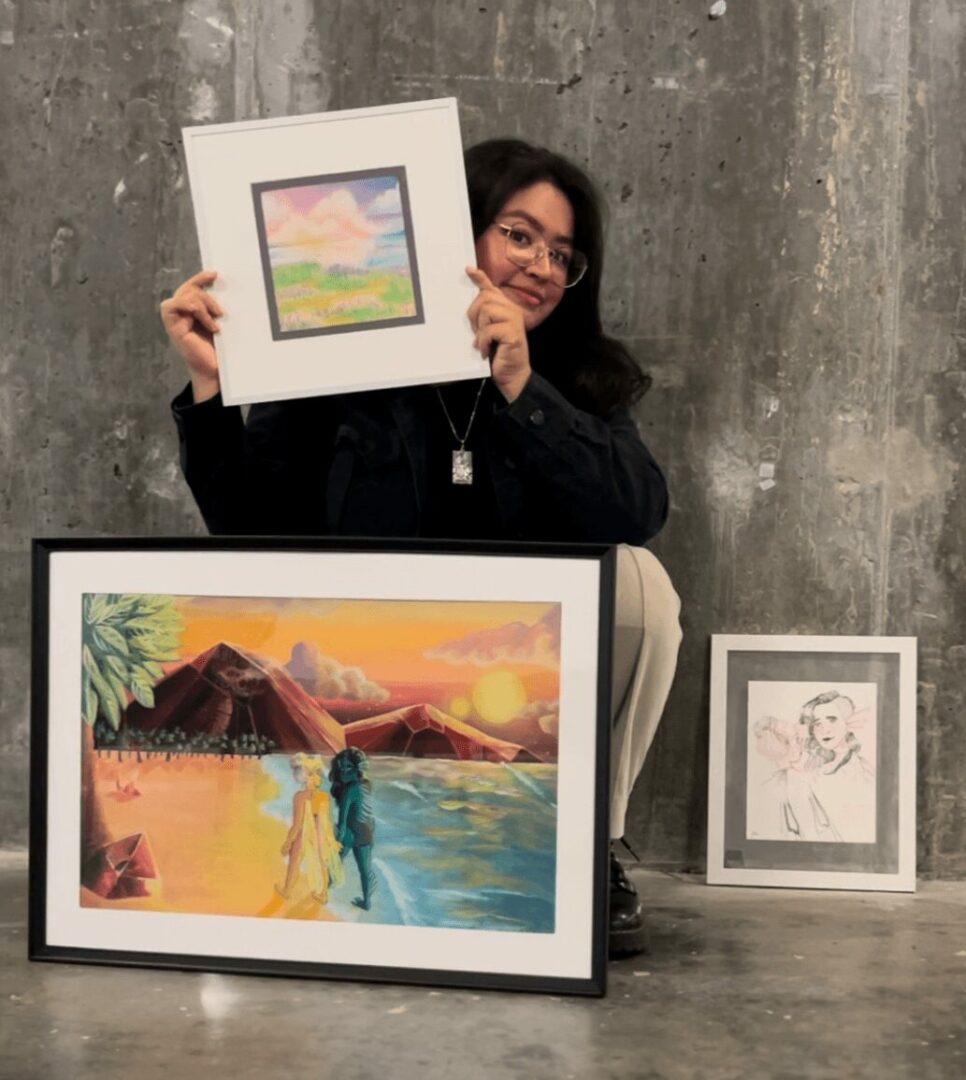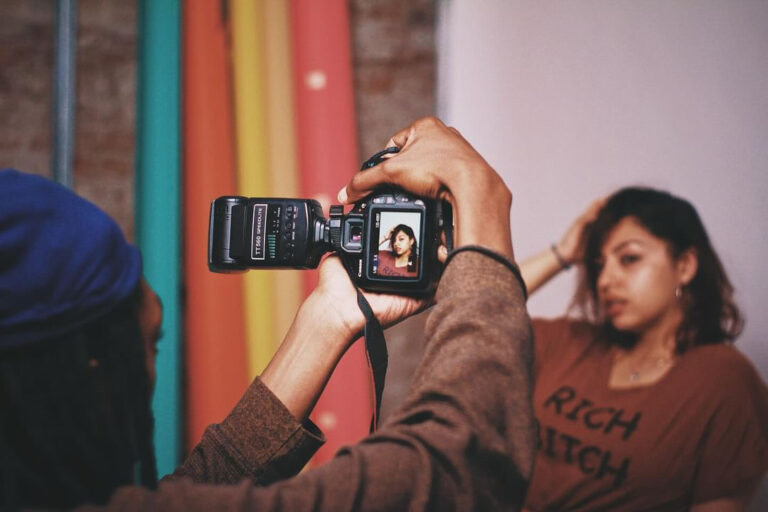We caught up with the brilliant and insightful Carolina Quintana Ocampo a few weeks ago and have shared our conversation below.
Carolina, thank you so much for taking the time to share your lessons learned with us and we’re sure your wisdom will help many. So, one question that comes up often and that we’re hoping you can shed some light on is keeping creativity alive over long stretches – how do you keep your creativity alive?
For many artists, artist block can be one of the hardest problems to overcome. I’ve found that it can pop out of nowhere and can stem from our mood and other places. There’s no direct way to solve it, but I’m glad that I’ve figured out what to do when I feel it. I start by having fun. I grab messy mediums like oil pastels, charcoals, etc. and sketch whatever comes to mind. Just to get out whatever emotions are stuck. Other times, I go to museums, read books, watch movies, go on long walks, and meet up with friends. It gets the mental thinking ball rolling, especially if you start bouncing ideas around a group of friends. Going out to live our lives can be just as inspiring. As artists, we draw from what we know. So, living our lives with new experiences, friends, and fun memories can help keep our creativity alive just as much as playing with new mediums. You just have to have fun with it!
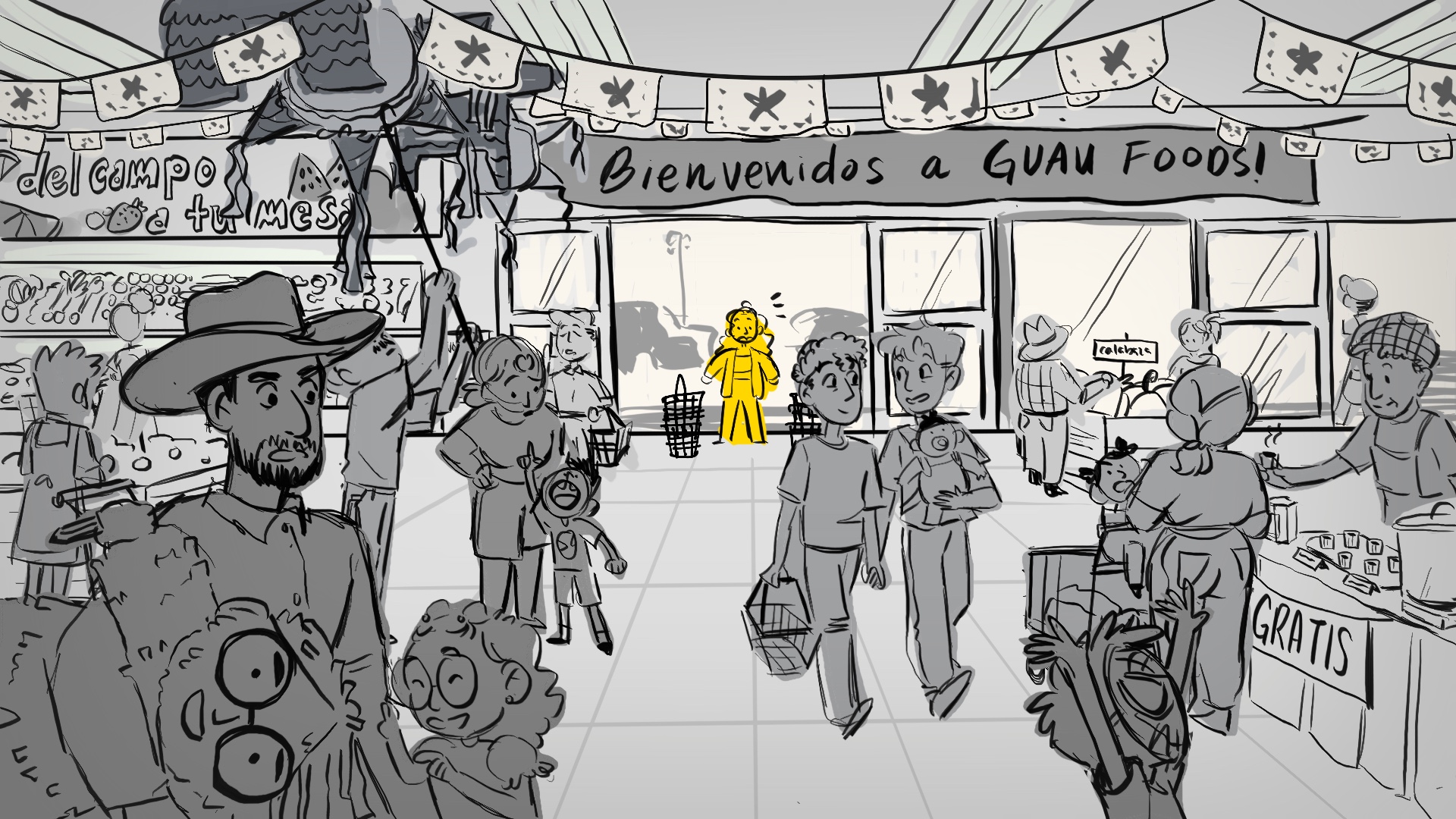

Appreciate the insights and wisdom. Before we dig deeper and ask you about the skills that matter and more, maybe you can tell our readers about yourself?
I am a first-generation Mexican American illustrator based out of Charlotte, NC. Born to immigrant parents, my family would’ve loved to have a doctor as a daughter, however, I’m thankful they’ve been supportive in my creative pursuits. As a child, I was never bored as long as I had a pen and paper in hand. My love for animation and storytelling was discovered after watching a behind the scenes documentary on Pixar’s The Incredibles. As the directors talked about the process I knew I had to be in that room. The idea of working with a team, bouncing off ideas, and seeing it all come together sounded like a dream. To make a story move and tell itself was truly magical.
I pursued illustration at the University of North Carolina at Charlotte and took advantage of all the resources including scholarships, honors programs, and a wide variety of art classes. After I graduated, I was able to test my storyboarding skills in the Netflix Animation Foundations Program and a Women in Animation Mentorship Circle. I continued to learn and started taking small indie freelance projects for animation. I’m currently working on a variety of projects from indie short films to children’s book illustration. I’ve even gotten a grant to pursue creating my own animated short film called Mi Modo and will be dividing my time to illustrate an upcoming Webtoon comic! I have a lot on my plate, but I love what I do. Even though I’m not in that big story room yet, I find helping other creators tell their stories to be inspiring work. Everyone has a story to tell and I’m here to help it get told on screen or paper.
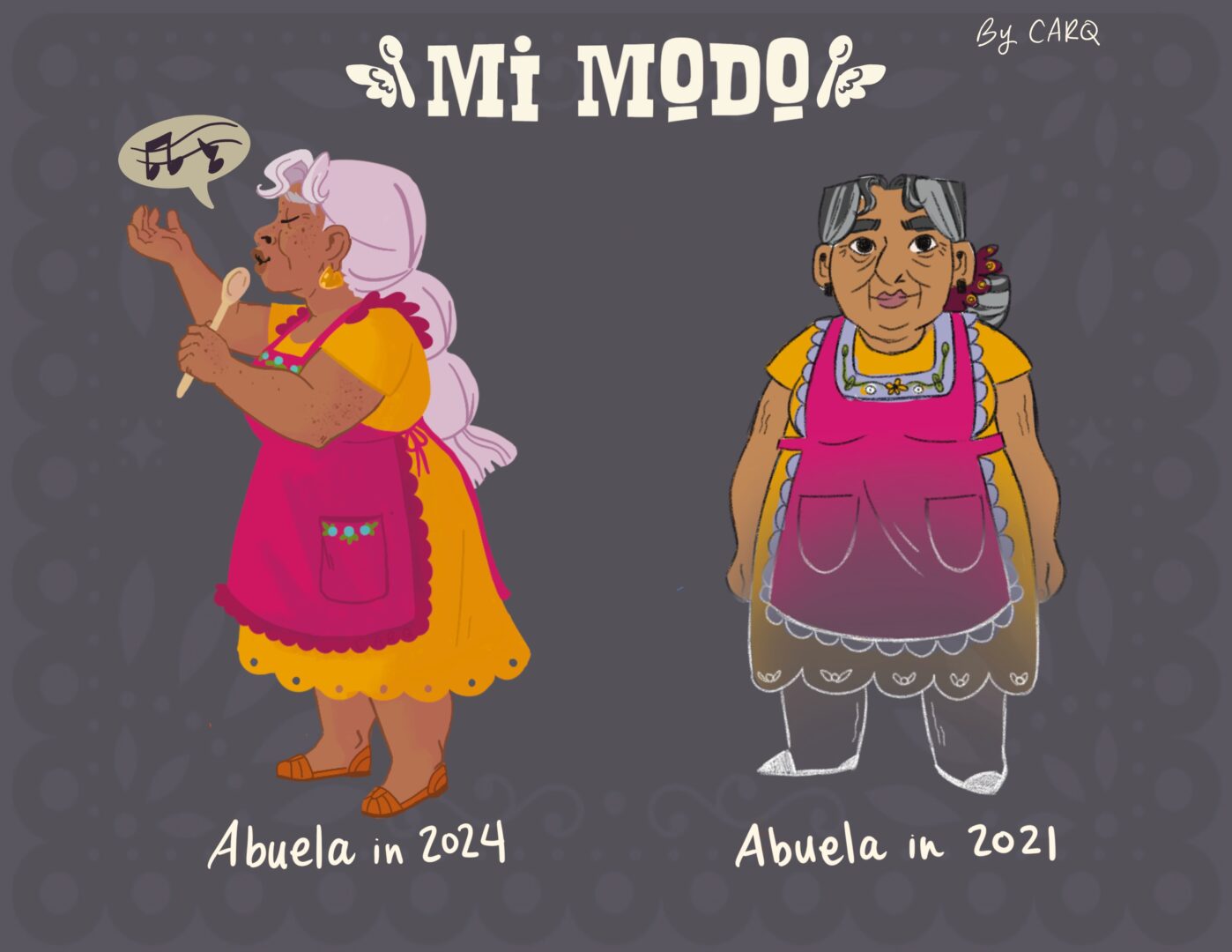
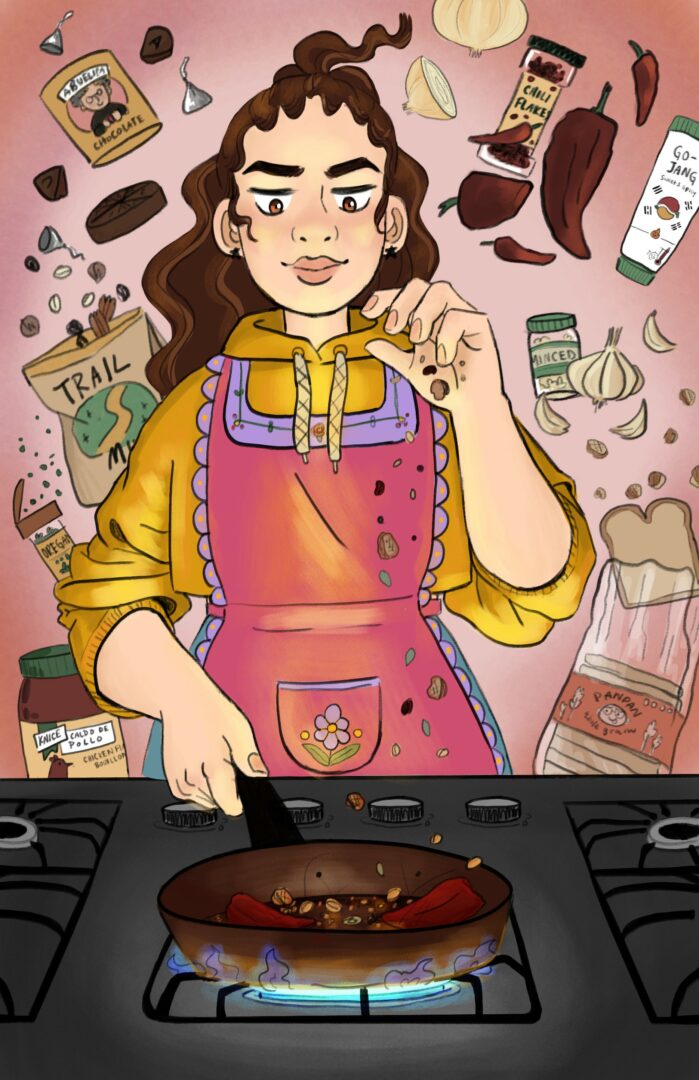
There is so much advice out there about all the different skills and qualities folks need to develop in order to succeed in today’s highly competitive environment and often it can feel overwhelming. So, if we had to break it down to just the three that matter most, which three skills or qualities would you focus on?
There’s a lot of things that impacted my journey, but these few things helped me become a better artist: Screenwriting, Life Drawing, and Public Speaking.
I took a screenwriting class in college and it helped me organize the stories I wanted to tell in my work. As you write a script, not only do you describe the audiences perspective, but also the natural rise and fall of a plot. Through dialogue and descriptions you’re able to set up the entire story. It’s really helpful to have some knowledge in scriptwriting if you want to work in storyboarding. I know how to translate my writing directly into my drawings.
Life Drawing is probably the best thing you can do to improve your skill set. Every story you create will be different. Different characters, settings, emotions, etc. Some stories are going to contain things you’ve never drawn before. I once storyboarded on a project where every character was an animal. Before I could draw a stylized version of the character design I had to study how the characters would move and emote. Animals look and move very different from humans. Life Drawing also helps to avoid same-face syndrome. There’s so many ways to diversify your characters besides their outfits. Humans really do come in all shapes and sizes. You can take it further by learning to draw from different perspectives and motions. My stories, although mostly fiction, revolve around the real world. It helps to be able to know the rules in order to break them in a believable way.
Public speaking can help in many ways. Networking at events, pitching your ideas, teaching a class, etc. You need to know how to introduce yourself to someone new and how to talk about what you do in a few minutes or less. First impressions make a big difference. I was never someone to shy away from speaking to a crowd, I thought I was a pretty good public speaker until I took a recent workshop. I learned that public speaking isn’t just about talking comfortably to a crowd, it’s also how your body reacts to one. Using positive body language can be just as important as avoiding the familiar “um” in sentence breaks.
My advice to new and upcoming artists would be to learn these things, but to also never stop learning. There’s so many different ways to tell a story, so as artists, it’s up to us to learn them.
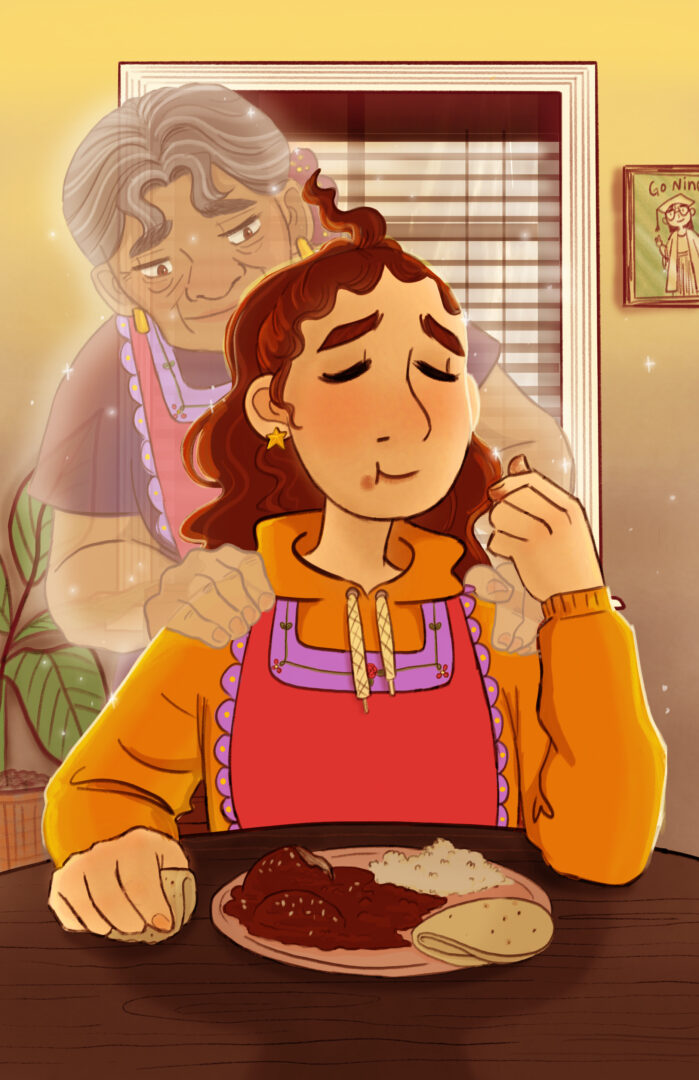

How can folks who want to work with you connect?
I’m currently making my own animated short film called Mi Modo. The story revolves around exploring Latino-American identity through the reimagining of the traditional recipe; Mole. Estrella receives her deceased grandmothers cookbook and decides to recreate her favorite mole recipe. Although Estrella quickly realizes she can’t duplicate it due to missing traditional ingredients(and skill), she comes to terms in making her own version. This story is for an audience that has always felt in-between definitions, whether it’s through their culture, gender, or something else. Labels can be helpful, but they don’t have to define who we truly are or who we can become. I am on the hunt for a composer to help create the soundtrack for the film. I’d love to have traditional instruments (such as acoustic guitars, harps, and violins) with a twist, we are reinventing traditions after all. I intend for the music to play a vital role in the storytelling just like it did in Pixar’s animated film UP.
I actually got a small grant to support my music composer search, so it would also be a paid opportunity! I’m excited to see who I reach and I look forward to hear from anyone who’s interested. Please email me at [email protected] with a few work samples that could fit into the narrative I’m building. Thank you!
Contact Info:
- Website: https://www.carolinaquintanastory.com/?fbclid=PAZXh0bgNhZW0CMTEAAaYRUP1VY5kAkfwByG3yYInmux6G7qR1PBGjo871jaupAmAwGm3BUg4Cpmk_aem_gs5suvAzR3VkecwupYqKaQ
- Instagram: https://www.instagram.com/katrinakalos?igsh=MXR2eGo5MmJzaHphdQ%3D%3D&utm_source=qr
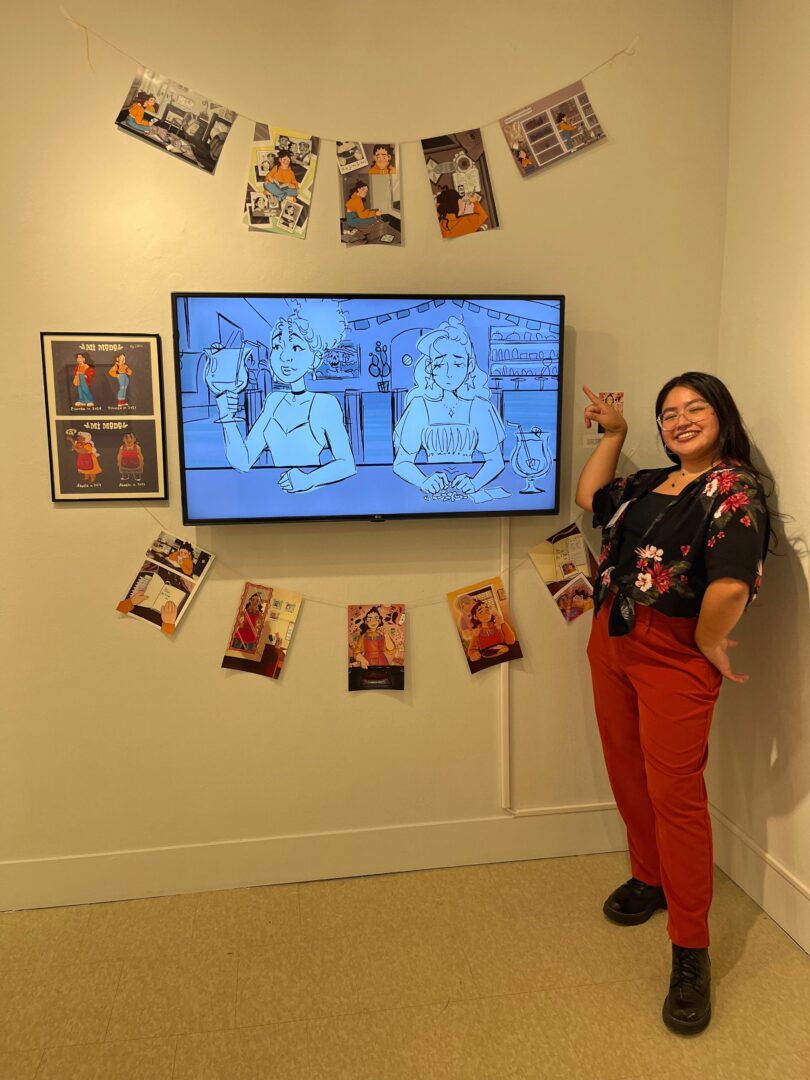

so if you or someone you know deserves recognition please let us know here.

